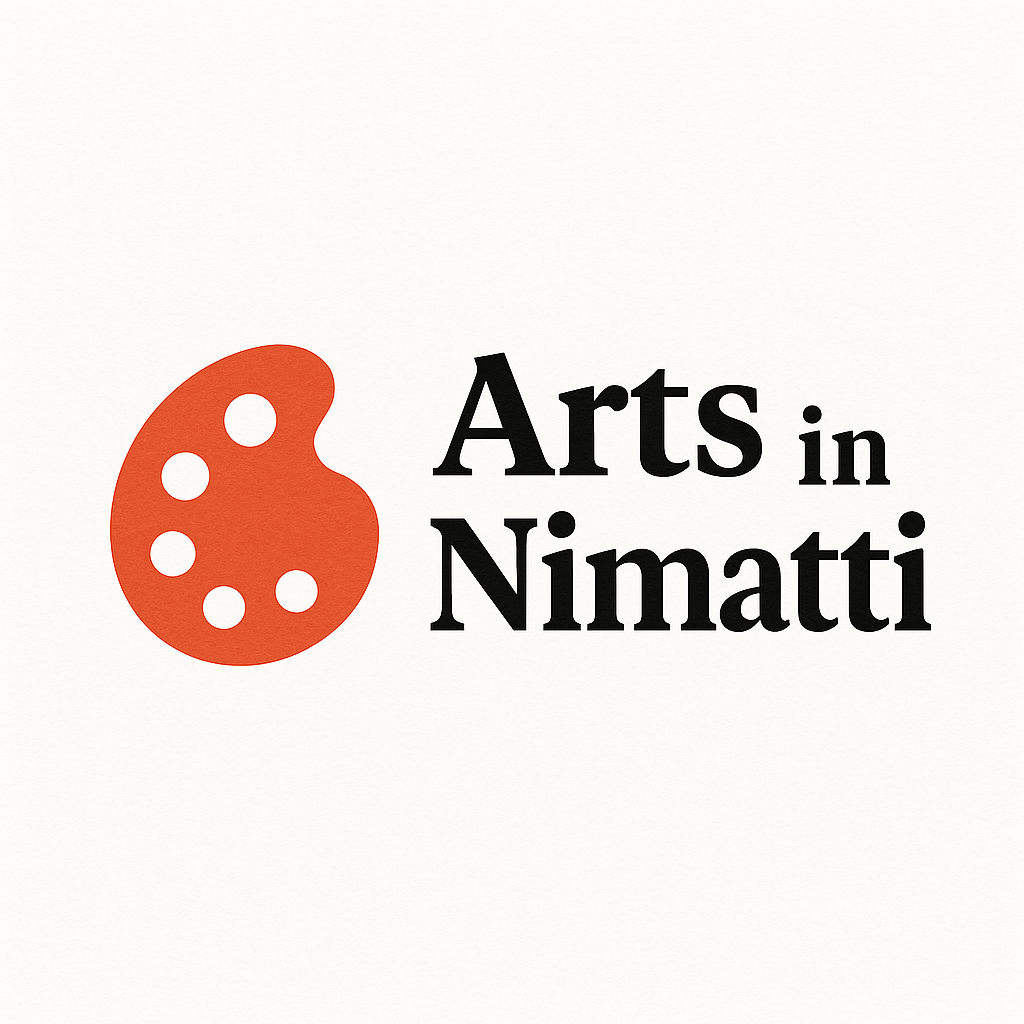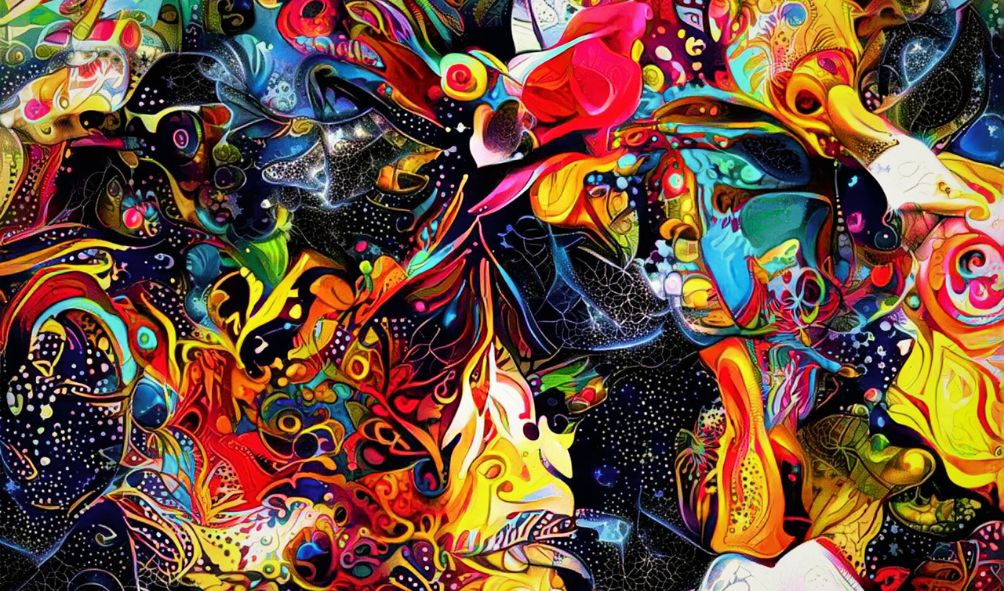10 Unique Art Ideas: This exploration delves into the fascinating world of unconventional art forms, conceptual pieces, and innovative techniques. We’ll uncover ten distinct artistic approaches, examining their historical context, materials, and the artists who pioneered them. Prepare to be inspired by the boundless creativity and ingenuity of the art world.
From repurposed materials to thought-provoking installations, we’ll traverse a diverse landscape of artistic expression, showcasing both established and emerging techniques. This journey will highlight the power of art to challenge conventions, evoke emotions, and offer unique perspectives on the world around us.
Exploring Diverse Unique Art Ideas Forms
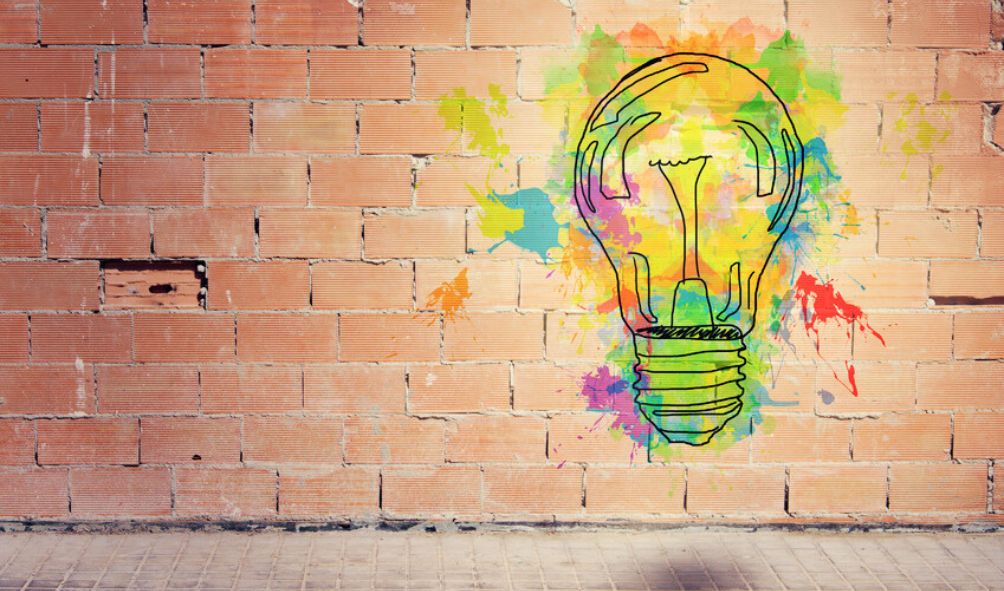
The world of art extends far beyond traditional mediums like painting and sculpture. A plethora of unconventional materials and techniques have been employed by artists throughout history, pushing creative boundaries and challenging conventional notions of what constitutes art. This exploration delves into ten unique art forms, highlighting their innovative approaches and the artists who championed them.
Ten Unique Art Forms
The following table details ten unique art forms, encompassing their descriptions, materials, and notable pioneering artists. The selection represents a diverse range of styles and approaches, demonstrating the boundless possibilities within the artistic realm.
| Art Form | Description | Materials | Notable Artists |
|---|---|---|---|
| Land Art | Large-scale environmental art created in natural settings, often using earth and natural materials. | Earth, rocks, plants, water | Robert Smithson, Michael Heizer, Walter De Maria |
| Kinetic Art | Art that incorporates movement as a key element, often utilizing mechanical or electrical components. | Metal, wood, motors, lights | Alexander Calder, Jean Tinguely, George Rickey |
| Performance Art | A live art event in which the artist’s body and actions are the primary medium. | The artist’s body, props, costumes, environment | Marina Abramović, Yoko Ono, Chris Burden |
| Sound Art | Art that uses sound as its primary medium, often exploring the sonic environment and its impact. | Recorded sounds, instruments, electronic devices | Max Neuhaus, Alvin Lucier, John Cage |
| Light Art | Art that utilizes light as its main medium, exploring its properties and effects. | Lasers, neon lights, LED lights, projected images | Dan Flavin, James Turrell, Jenny Holzer |
| Recycled Art | Art created from discarded or recycled materials, often with an environmental message. | Recycled plastics, metal, wood, paper | Robert Rauschenberg, Vik Muniz, El Anatsui |
| Body Art | Art that uses the human body as a canvas or medium, often pushing boundaries of physical and social norms. | Paints, body modifications, prosthetics | Orlan, Stelarc, Chris Burden |
| Digital Art | Art created using digital technologies, encompassing various forms such as digital painting, animation, and virtual reality art. | Computers, software, digital tablets | Refik Anadol, Beeple, Nam June Paik |
| Installation Art | Art that transforms a space into an immersive environment, often engaging multiple senses. | Various materials depending on the concept | Yayoi Kusama, Christo and Jeanne-Claude, Olafur Eliasson |
| Bio Art | Art that utilizes living organisms or biological processes as its medium. | Living organisms, genetic material, biological processes | Eduardo Kac, Stelarc, Joe Davis |
Historical Context and Evolution of Selected Art Forms
Land Art, emerging in the late 1960s, reacted against the commercialization of art and the confines of the gallery system. Artists like Robert Smithson sought to create art that interacted directly with the natural environment, often on a monumental scale. Smithson’s *Spiral Jetty* (1970), a massive earthwork in Utah’s Great Salt Lake, is a prime example. The movement emphasized the ephemeral nature of the work, often subject to the forces of nature.
Kinetic art, with its roots in the early 20th century, found expression through the exploration of movement and energy. Artists like Alexander Calder, with his mobiles, pioneered the use of simple mechanical principles to create visually engaging and dynamic works. The development of electricity and motors further expanded the possibilities of kinetic art, allowing for more complex and automated movements.
Performance art, rooted in the happenings of the 1960s, evolved as a response to the limitations of traditional art forms. Artists used their bodies and actions as the primary medium, challenging conventional notions of art and pushing the boundaries of artistic expression. The development of performance art has seen a significant expansion in its themes, approaches, and use of technology.
Conceptual Art Explorations
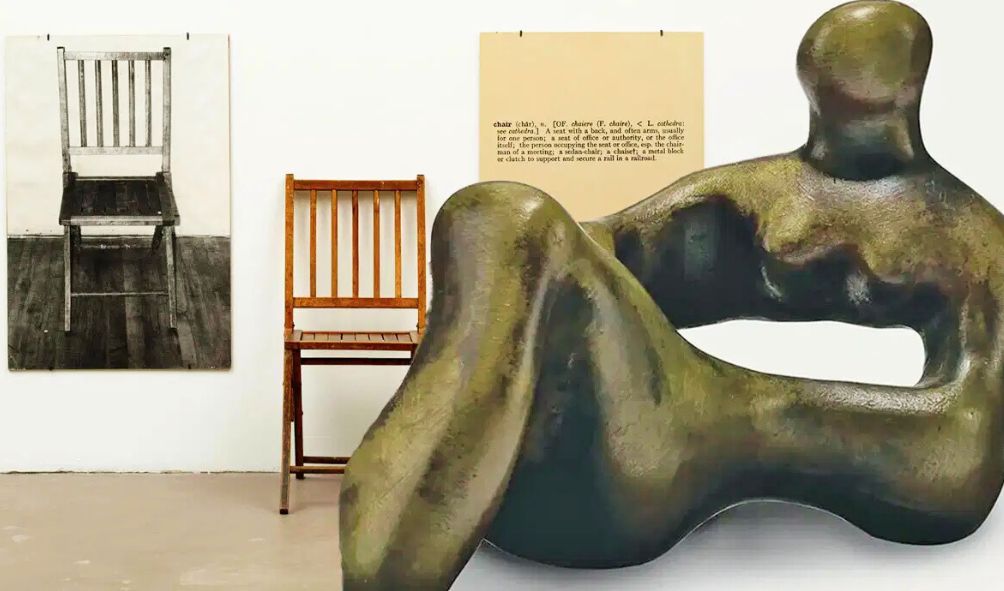
Conceptual art prioritizes the idea or concept behind the artwork over its aesthetic qualities. It often challenges traditional notions of art by questioning its purpose, its relationship to the viewer, and its place in society. The following ten conceptual art pieces aim to provoke thought and engage the viewer on an intellectual level.
Ten Conceptual Art Pieces
These pieces explore various aspects of conceptual art, from the ephemeral nature of time to the complexities of human relationships and societal structures. Each piece intends to elicit a specific emotional response or convey a particular message, stimulating critical thinking and personal reflection.
Piece 1: The Absence of Presence
This piece explores the concept of absence as a form of presence. It consists of an empty gallery space, meticulously cleaned and prepared. The “artwork” is the absence of anything within the defined space. The intended emotional response is a contemplation of what is missing, and how the void itself can become a powerful statement.
- Materials: An empty gallery space, cleaning supplies.
- Methods: Careful cleaning and preparation of the gallery space, documentation of the emptiness.
Piece 2: Ephemeral Time
This piece focuses on the fleeting nature of time. A single grain of sand is placed on a white pedestal under a single, focused light source. The slow degradation of the sand grain due to light and time is the artwork. The message is a meditation on the passage of time and its irreversible effects.
- Materials: A single grain of sand, a white pedestal, a spotlight.
- Methods: Placement of the sand grain, time-lapse photography to document the change.
Piece 3: The Weight of Silence
This piece uses silence as a medium. A completely soundproofed room is created, devoid of any visual stimuli. The viewer enters and experiences the profound silence. The artwork is the sensory deprivation and the resulting introspection. The intended effect is to highlight the power of silence and the thoughts it can evoke.
- Materials: Soundproof materials, a darkened room.
- Methods: Construction of a soundproof room, documentation of viewer experiences (optional).
Piece 4: Shared Identity
This piece explores the concept of shared identity. Hundreds of identical self-portraits are created, each slightly different due to the subtle variations in individual creation. The portraits are displayed together, forming a mass. The intended message is to illustrate the similarities and differences within a collective identity.
- Materials: Canvas, paint, brushes.
- Methods: Creation of numerous self-portraits, arrangement of portraits to create a visual mass.
Piece 5: The Unseen Network
This piece visualizes the unseen connections between people. A complex network of thin threads is created, connecting various points representing individuals or groups. The threads are subtly illuminated, creating a web-like structure. The artwork intends to represent the invisible social and emotional connections that bind us.
- Materials: Thin threads, lighting system, a dark room.
- Methods: Creation of a complex thread network, strategic lighting to highlight the connections.
Piece 6: The Language of Objects
This piece explores the inherent meaning within everyday objects. A collection of ordinary objects is displayed without context or explanation. The viewer is left to interpret the meaning and significance of each object, and the relationship between them. The intention is to prompt viewers to reconsider the narrative embedded in commonplace items.
- Materials: A collection of ordinary household objects.
- Methods: Careful selection and arrangement of objects.
Piece 7: The Distortion of Reality
This piece utilizes mirrors and lenses to distort the viewer’s perception of space and reality. Multiple mirrors and lenses are arranged to create a disorienting visual experience. The artwork aims to challenge the viewer’s perception of their environment and their own place within it.
- Materials: Mirrors, lenses, a darkened space.
- Methods: Strategic arrangement of mirrors and lenses to create a distorted visual field.
Piece 8: The Measure of Time
This piece consists of a continuously running clock that is simultaneously being disassembled and reassembled. The intended message is the paradoxical nature of time – both constant and in flux.
- Materials: A clock mechanism, tools.
- Methods: Continuous disassembly and reassembly of the clock mechanism.
Piece 9: The Echo of Memory
This piece utilizes recorded soundscapes of a specific place over time, layered and subtly altered. The intention is to create an evocative auditory experience, highlighting how memory changes and fades over time.
- Materials: Sound recording equipment, audio editing software.
- Methods: Recording of soundscapes, audio layering and manipulation.
Piece 10: The Algorithmic Landscape
This piece uses a computer algorithm to generate a constantly changing visual landscape. The landscape is projected onto a large screen, creating a dynamic and unpredictable environment. The intention is to explore the intersection of technology, nature, and the subjective experience of beauty.
- Materials: Computer, projection system, screen.
- Methods: Development of a computer algorithm to generate a dynamic landscape, projection of the landscape onto a large screen.
Innovative Art Techniques
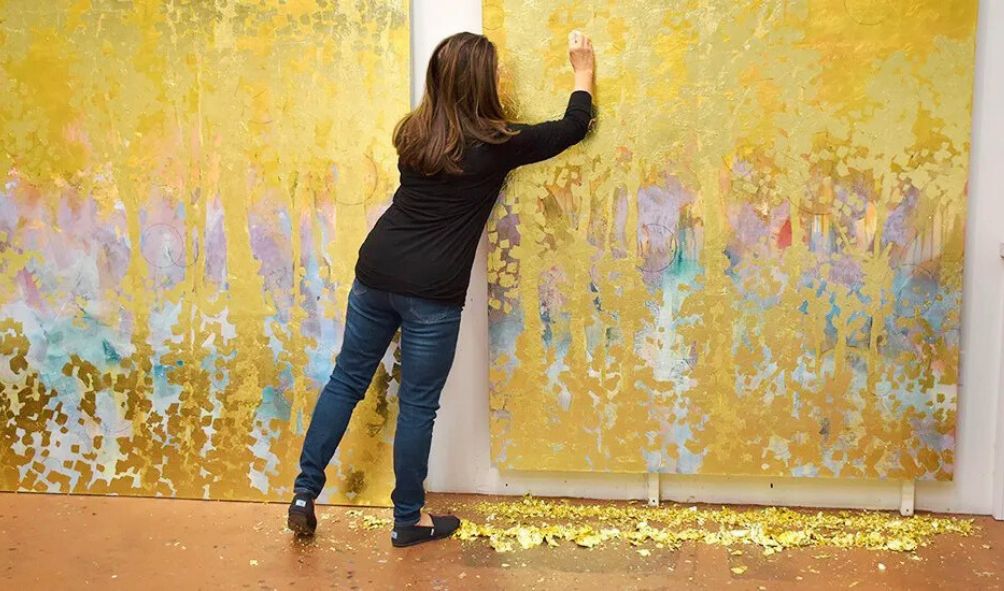
The art world is constantly evolving, with artists pushing boundaries and developing novel techniques to express their creativity. While some techniques gain widespread adoption, many remain relatively unexplored, offering unique opportunities for artistic exploration and innovation. This section will explore ten such innovative art techniques, detailing their processes and highlighting their potential for unique artistic expression.
Ten Innovative Unique Art Ideas Techniques
The following list details ten innovative art techniques that haven’t achieved widespread popularity, along with explanations of their processes. These techniques offer diverse approaches to artistic creation, enabling artists to experiment with texture, form, and concept in novel ways.
- BioArt: This interdisciplinary field merges art and biology, utilizing living organisms or biological processes as artistic mediums. The process involves cultivating microorganisms, cells, or tissues, often manipulating their growth and behavior to create visual or interactive artworks. For example, an artist might grow bacteria in a petri dish to create a visually interesting pattern, or genetically modify plants to express specific colors or shapes.
- Data Bending: This technique involves manipulating digital data to create unexpected visual results. Artists might alter image files, audio files, or other digital data streams using specialized software or coding, resulting in distorted, abstract, or surreal outputs. The process often involves directly manipulating binary code or using algorithms to modify data structures.
- Glitch Art: Similar to data bending, glitch art exploits errors in digital systems to produce aesthetically pleasing or conceptually interesting results. This might involve manipulating video games, software, or digital images to induce glitches, revealing underlying code or creating unexpected visual artifacts. The process often involves intentional corruption of data files.
- Light Painting: This technique uses long-exposure photography to create images with light sources as the primary medium. Artists move light sources, such as flashlights or LEDs, through the dark, creating trails of light that form the artwork. The process requires a dark environment, a camera with a long exposure setting, and creative manipulation of light sources.
- Cyanotype Printing: While not entirely new, cyanotype printing offers a unique approach to creating photograms. This process involves using light-sensitive chemicals to create a blue print directly onto fabric or paper. The process involves coating the material with a light-sensitive solution, exposing it to light through a negative or object, and then washing to reveal the image.
- Encaustic Painting: This ancient technique involves using pigmented beeswax as a medium. The process involves heating the wax to a liquid state, mixing in pigments, and then applying it to a surface, often using various tools to create texture and depth. The wax can be layered and sculpted, creating unique three-dimensional effects.
- Scratchboard Art: This technique involves scratching away a dark surface to reveal a lighter layer underneath. The process typically involves a black surface coated with a thin layer of white or another light color, allowing artists to create intricate details through precise scratching. Various tools can be used to achieve different effects.
- Liquid Light Painting: This is a variation on light painting that uses liquid light sources, such as glow sticks or chemically luminescent solutions, to create dynamic and flowing patterns in long-exposure photographs. The process requires careful manipulation of the liquid light source to achieve the desired effect.
- Digital Weaving: This technique combines digital art with traditional textile practices. Artists use digital tools to design patterns, then translate these patterns into woven textiles, often using traditional looms or modern digital weaving machines. The process blends digital design with traditional craftsmanship.
- Sound Art Installations: This form of art utilizes sound as its primary medium, creating immersive sonic environments or interactive sound sculptures. The process involves creating or manipulating sounds using various technologies and techniques, then arranging them within a physical space to create an artistic experience.
Comparison of Three Techniques
Cyanotype printing, encaustic painting, and scratchboard art, while distinct, share some commonalities. All three are relatively accessible techniques, requiring minimal specialized equipment. However, they differ significantly in their aesthetic results and processes. Cyanotype printing produces primarily blue monochromatic images, while encaustic painting allows for vibrant color and textured surfaces. Scratchboard art, conversely, offers a unique contrast between dark and light, enabling detailed linework and intricate patterns. While cyanotype is primarily a photographic process, encaustic and scratchboard are more directly painterly techniques.
Unique Artistic Expressions
These innovative techniques provide artists with diverse avenues for unique artistic expression. BioArt allows exploration of themes relating to life, growth, and decay. Data bending and glitch art can express themes of technological disruption and the artificial. Light painting and liquid light painting offer dynamic representations of light and movement. Encaustic painting’s rich texture and luminosity allows for evocative and expressive works. Scratchboard’s precise detail allows for intricate and highly detailed pieces. The possibilities are virtually limitless.
Outcome Summary
Ultimately, these 10 unique art ideas demonstrate the ever-evolving nature of artistic expression. By exploring unconventional materials, challenging traditional notions, and embracing innovative techniques, artists continue to push boundaries and inspire audiences. This exploration hopefully sparks your own creativity and encourages you to explore the diverse possibilities of artistic creation.
Read More:
- Best Drawing Tablets for Artists
- Sell Art Online and Make Money
- How to Start a Resin Art Business: Best Guide for Beginners in 2025
